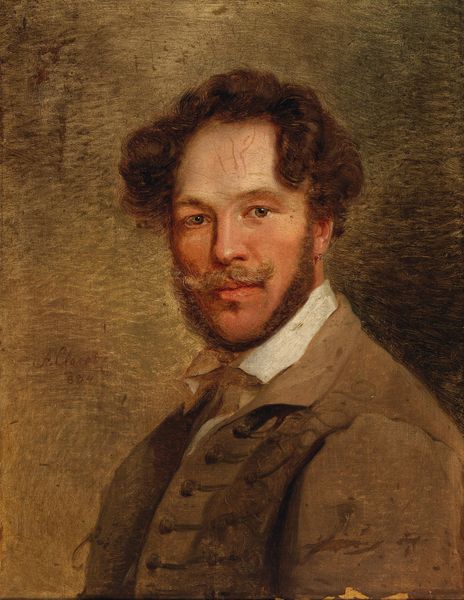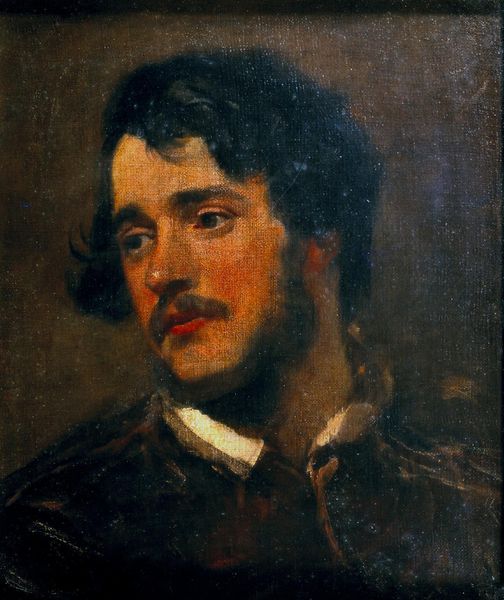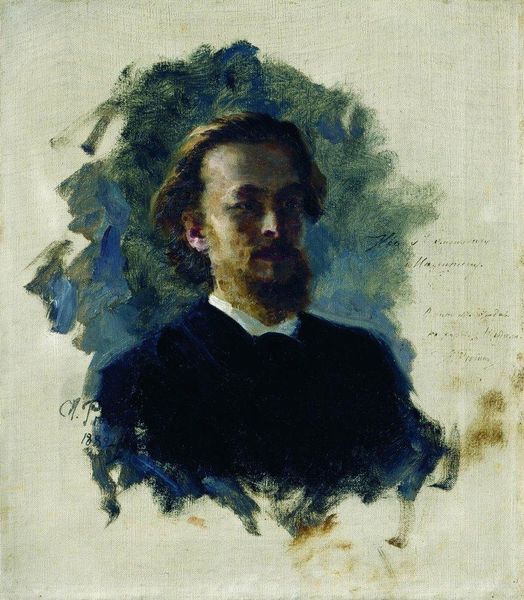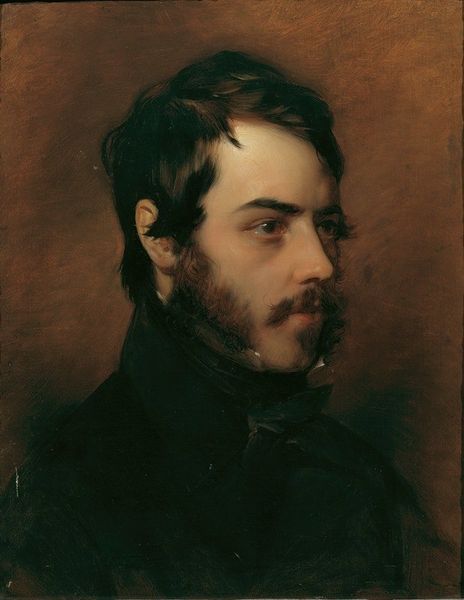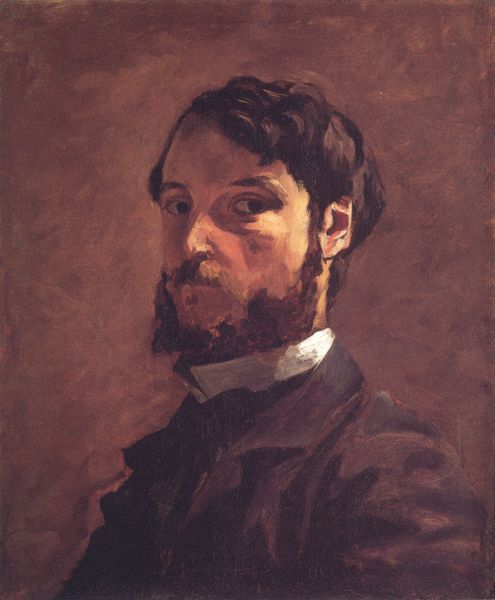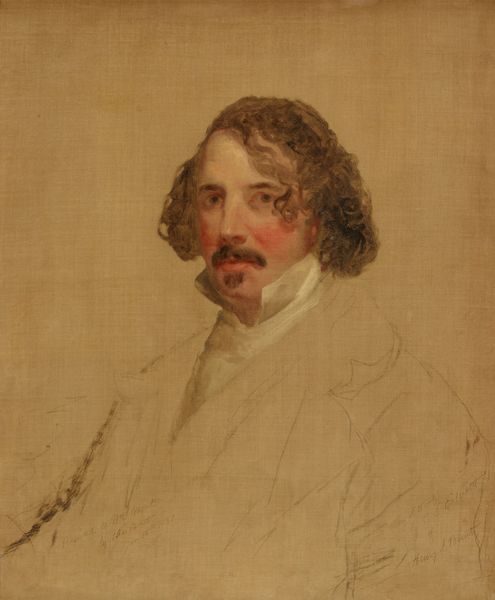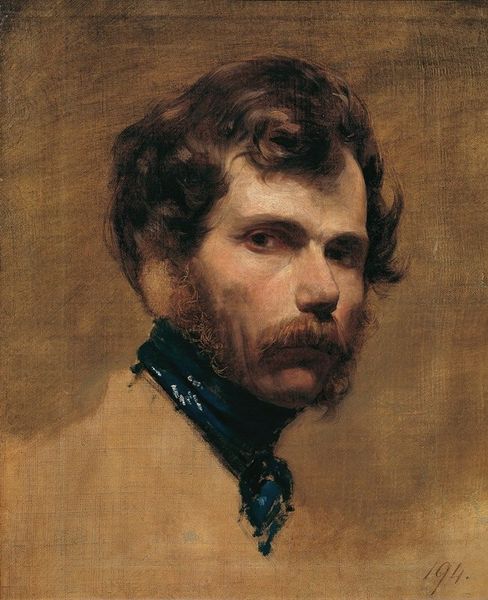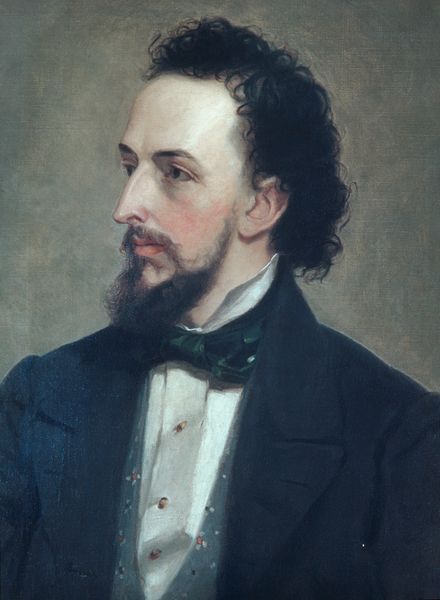
painting, oil-paint
#
portrait
#
figurative
#
portrait
#
painting
#
oil-paint
#
figuration
#
romanticism
#
realism
Copyright: Public Domain: Artvee
Curator: Look at this evocative portrait! It’s titled "Head of a Young Man," by Johann Peter Krafft, painted in 1842 using oil paints. What leaps out at you? Editor: Melancholy, definitely melancholy. He looks like he’s contemplating something just beyond the frame, a gentle sorrow about his eyes. It’s intimate, but also reserved. Curator: The downward gaze is key. Throughout history, such averted eyes can signal introspection, but also submission or even guilt, depending on the context. It’s powerful how much unspoken emotion can be conveyed with just the tilt of the head. Editor: And the beard! A signifier of youthful rebellion perhaps? The romantic hero, unshaven and brooding. I wonder if it was a conscious decision, a break from more classical portrayals of clean-shaven men. Curator: Absolutely. It challenges established norms, hinting at a deeper emotionality. In the early 19th century, Romanticism prized authentic emotion over rigid societal expectations. The beard acts as a symbol of this yearning for individual expression. Editor: There's an almost unfinished quality too, a rough edge to the brushwork, especially around his… is that a smock? Like he's been caught in a moment of artistic reverie himself. I get this sense he’s stepped out of the shadows of history, raw and real. Curator: Exactly! Krafft's style dances on that border between realism and romanticism. It offers a direct and immediate vision of a complex inner life, leaving us, perhaps deliberately, with some unresolved questions about the young man. Editor: It leaves you with that tantalizing feeling like there's a half-finished story right there. I like that. Curator: Me too, there is something universally relatable in this face; we all know that moment of quiet reflection. Editor: A poignant reminder to stop and consider those silent narratives we often miss. Thanks.
Comments
No comments
Be the first to comment and join the conversation on the ultimate creative platform.
